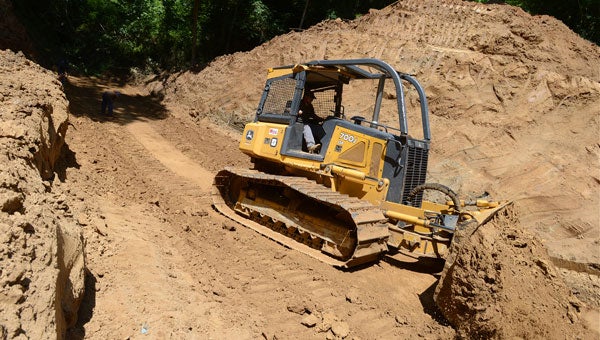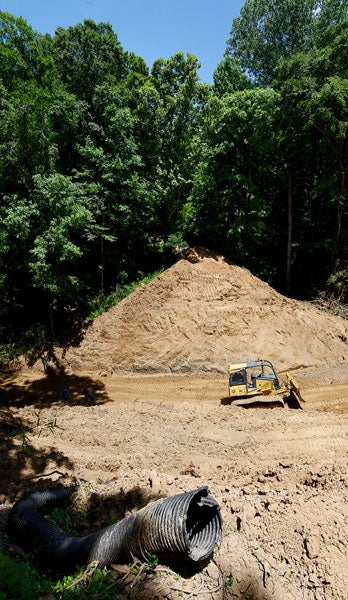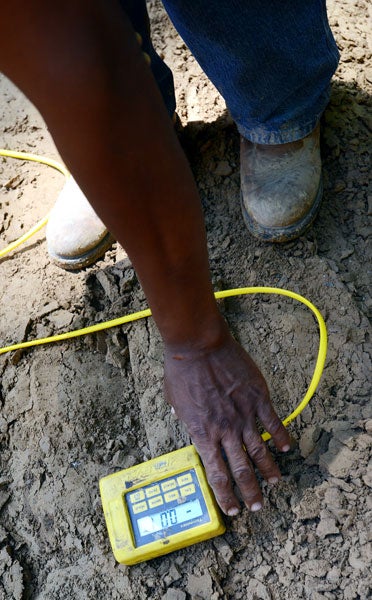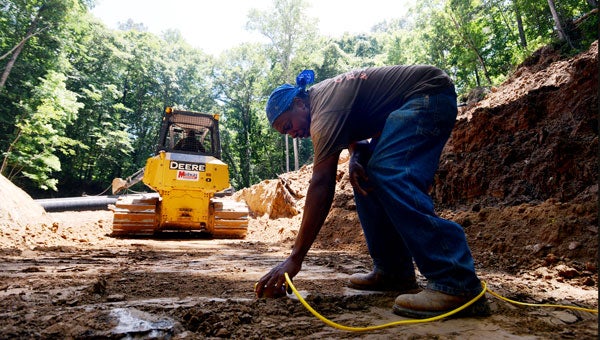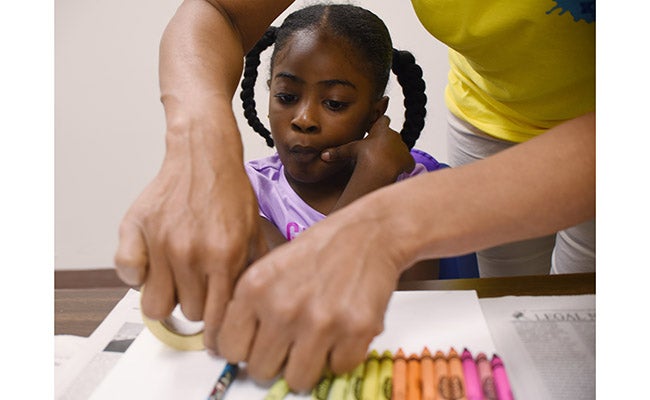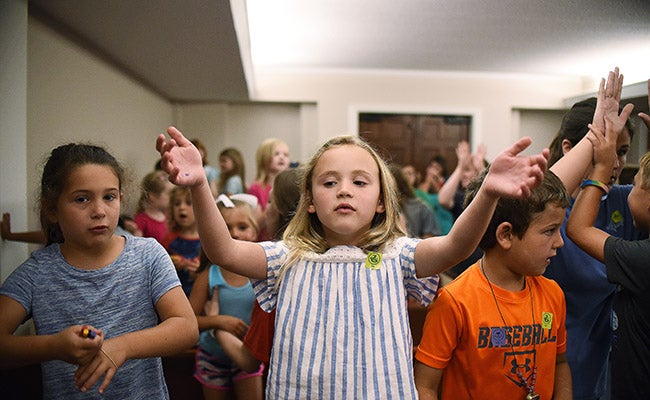Lansdowne repairs bridge to the past
Published 12:01 am Wednesday, May 29, 2013

JAY SOWERS | THE NATCHEZ DEMOCRAT — Michael Harris uses an electronic level to measure the slope where a drainage tile will later be placed as work continues on the new culvert which will span a large bayou near the entrance to the property around antebellum house Lansdowne on Tuesday morning.
NATCHEZ — An important part of Natchez’s past was missing from Spring Pilgrimage 2013.
For the first time in the more than 75 years Pilgrimage has existed, no hoop skirts, top hats and stories of a Natchez past greeted visitors at antebellum Lansdowne. A broken bridge forced the house to be pulled from this spring’s annual house tour.
But the Marshall family, owners of the antebellum house, is repairing the bridge to the past to ensure Lansdowne is part of Pilgrimage’s future once again.
Marsha Colson, a member of the Marshall family, said the bridge crosses a bayou and is necessary to access the property. She said the new bridge is the fifth one used on the property, each one carrying across it the stories of Lansdowne’s past.
- JAY SOWERS | THE NATCHEZ DEMOCRAT — Ryan Beach uses a bulldozer to clear dirt from a slope where a large drainage tile will later be placed as work continues on the new culvert which will span a large bayou near the entrance to the property around antebellum house Lansdowne on Tuesday morning.
- JAY SOWERS | THE NATCHEZ DEMOCRAT — Ryan Beach uses a bulldozer to clear dirt from a slope where a large drainage tile will later be placed as work continues on the new culvert which will span a large bayou near the entrance to the property around antebellum house Lansdowne on Tuesday morning.
- JAY SOWERS | THE NATCHEZ DEMOCRAT — Michael Harris uses an electronic level to measure the slope where a drainage tile will later be placed as work continues on the new culvert which will span a large bayou near the entrance to the property around antebellum house Lansdowne on Tuesday morning.
- JAY SOWERS | THE NATCHEZ DEMOCRAT — Michael Harris uses an electronic level to measure the slope where a drainage tile will later be placed as work continues on the new culvert which will span a large bayou near the entrance to the property around antebellum house Lansdowne on Tuesday morning.
George Marshall, who co-owns the house with his sister, said the original bridge, which was a few hundred yards north of the present entrance, was brick and fell not many years after Lansdowne was built in 1853.
“Undoubtedly, it was over that bridge that in 1865 Union soldiers, armed and fully equipped … broke into Lansdowne, held the family at gunpoint and reportedly did a quite a lot of damage looking for valuables,” Colson said.
The second bridge, south of the present entrance, was wooden and built in 1901. Over that bridge, Marshall said, his father rode into Natchez on a pony to attend the Natchez Institute, which was housed in the Commerce Street building that currently houses the Historic Natchez Foundation.
The third bridge was iron and constructed in 1909 by Marshall’s great uncle D’Evereux Shields. It fell a few years ago during a storm, Marshall said. The iron from that bridge originally came from the Natchez Drug Company building, which was destroyed in a gas explosion in 1908.
For a number of years, the entrance to Lansdowne had been an earthen bridge over a culvert, Colson said. But that bridge was closed for safety reasons just before Spring Pilgrimage was to begin.
“Emotionally, it was kind of difficult for me at first because for me spring is Pilgrimage,” Colson said.
“When I see onion flowers growing in the grass, I think of spring. And for so long for me, spring has been hoop skirts and flowers and Pilgrimage.”
Even though it was the first time since the beginning of Pilgrimage that Lansdowne was not open for tours, Colson said it was almost a blessing in disguise.
“Actually it would have been incredibly difficult because two weeks into Pilgrimage, my mother was very ill, and I spent one full week not leaving her side,” Colson said.
The reconstruction of the earthen bridge should be finished this week, Colson said, if rain does not cause delays.
Colson said she is eager for its completion and looks forward to Spring Pilgrimage at Lansdowne next year.
“There’s a lot of our history there,” she said.


